Lenses part I - Refraction, Image inversion & Focal Length
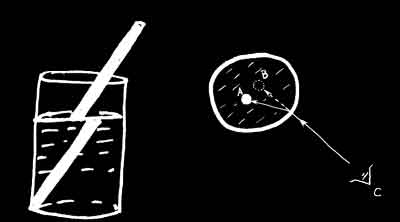 |
When light moves from one transparent medium to another it's path changes at the interface , which make things appear in one position when in fact they are in another - Classic stick in a glass of water demonstration. When you look at the stick in the water filled part of the glass the light is refracted (bent to the left) but the brain thinks it is in the direction we view it, so it appears to be at position B when in fact it is at A.
|
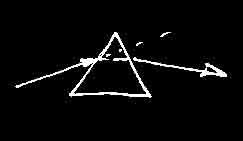 |
The amount of refraction is dependent upon the speed of light in the medium (refractive index) and the wave length of 'light' involved. This is a problem which lens design corrects to some degree by attempting to bring all wavelengths to a focus at the same point. The shape and the angle at which light strikes the surface (angle of incidence) will effect how much light is reflected and polarized. |
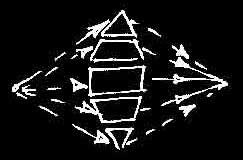 |
We can consider a Lens to be a stack of prisms designed to Focus a beam of light resulting in a positive lens. |
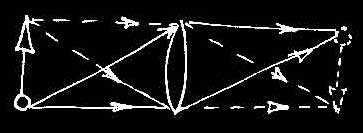 |
Tracing the path of the rays shows why the image of the subject is inverted. |
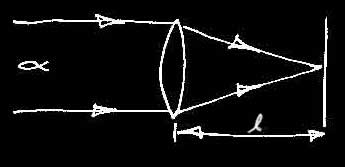 |
Positive Lens - Convex, Collective A lens designed to bring what can be considered as parallel image forming rays from an object at infinity to sharp focus. It will have a specific back focus distance i.e. the lens to image distance. This distance is known as the Focal Length of the lens. |
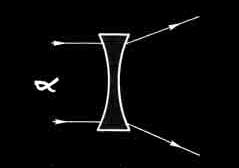 |
Negative Lens - Concave, Dispersive Used in conjunction with positive lens to create a compound lens |